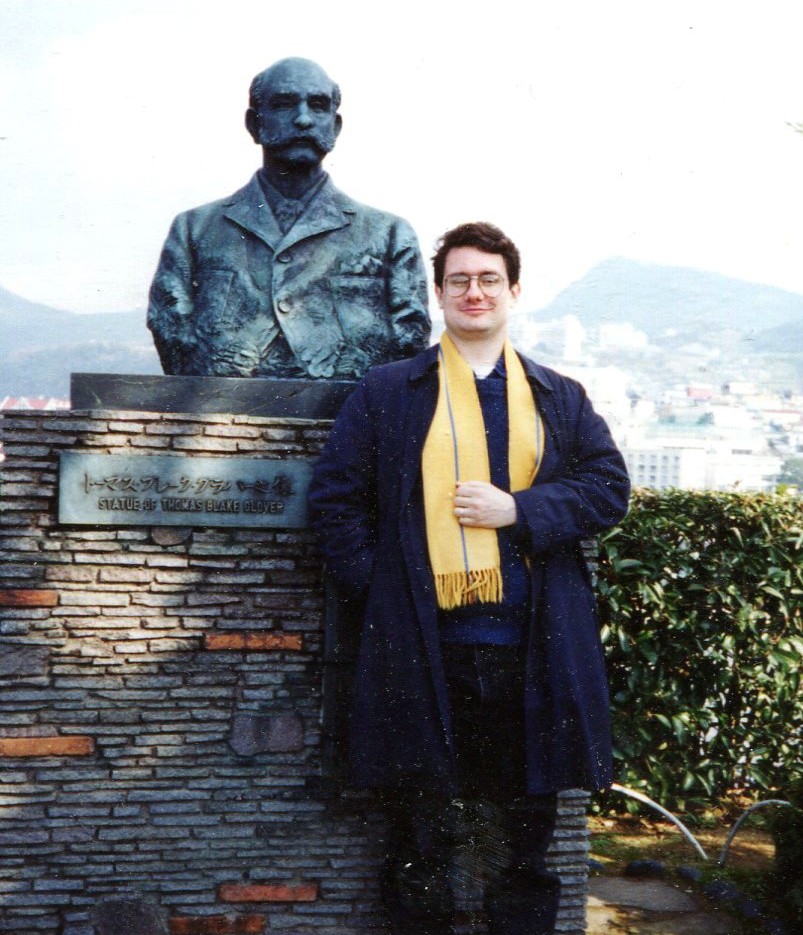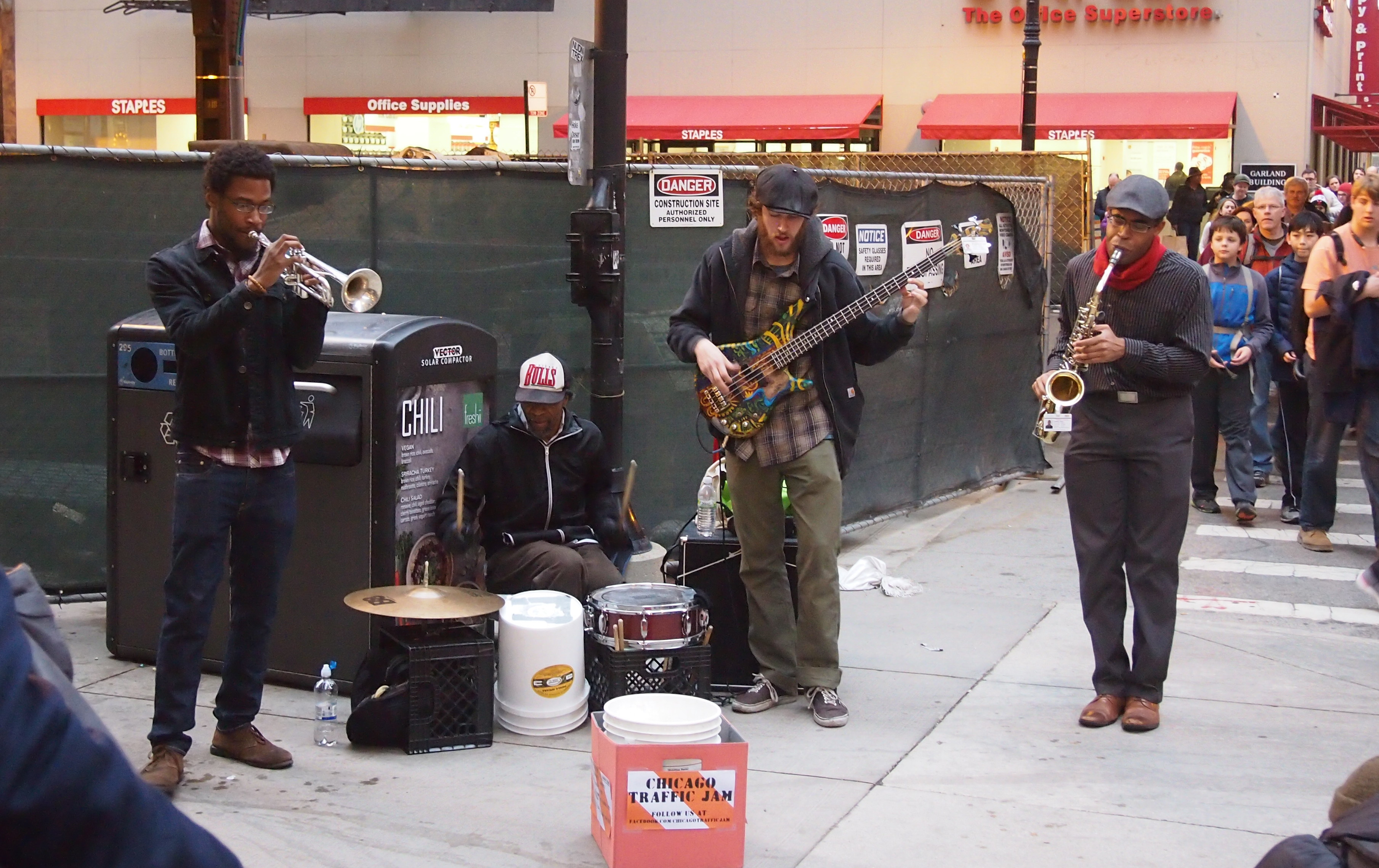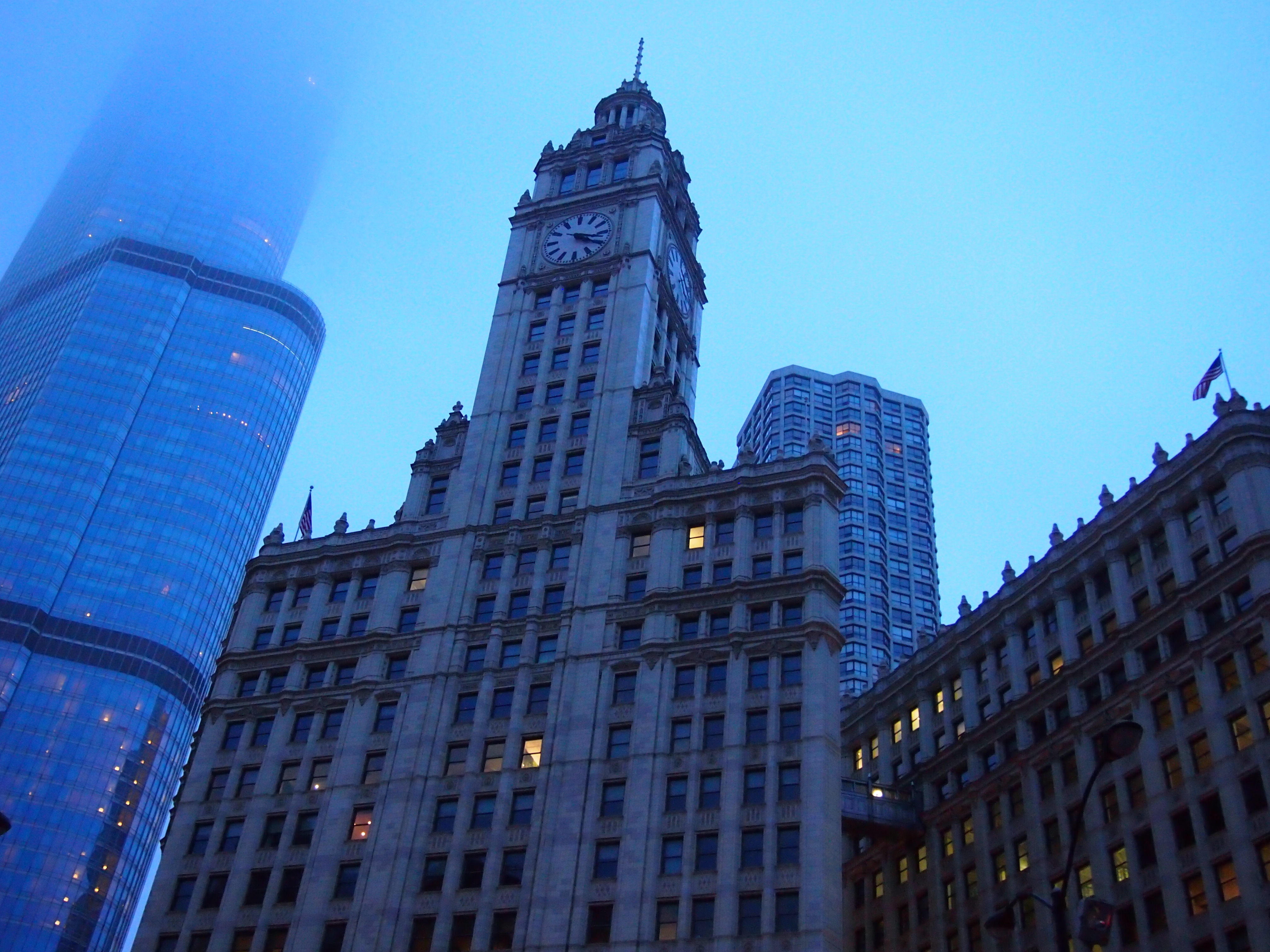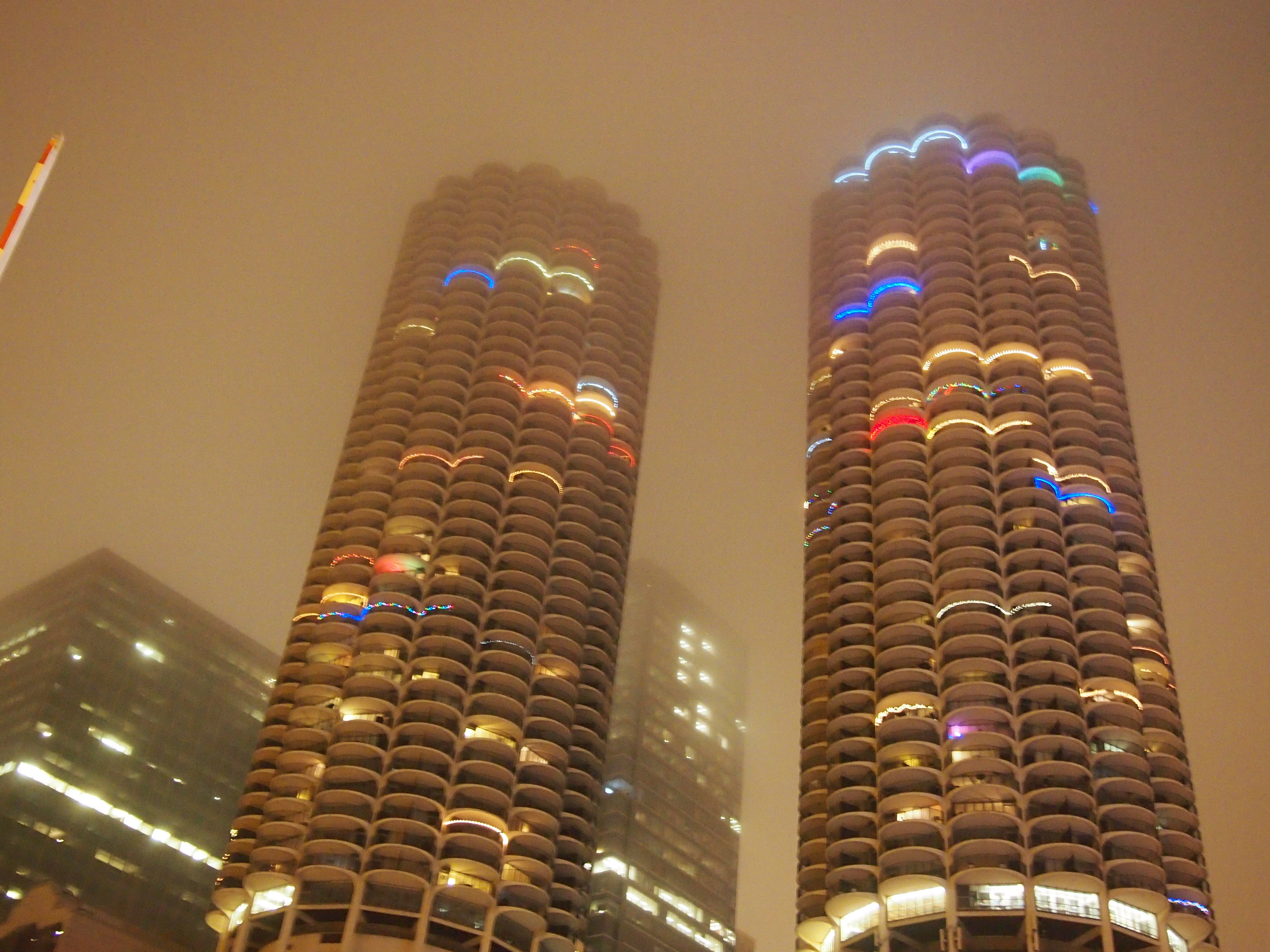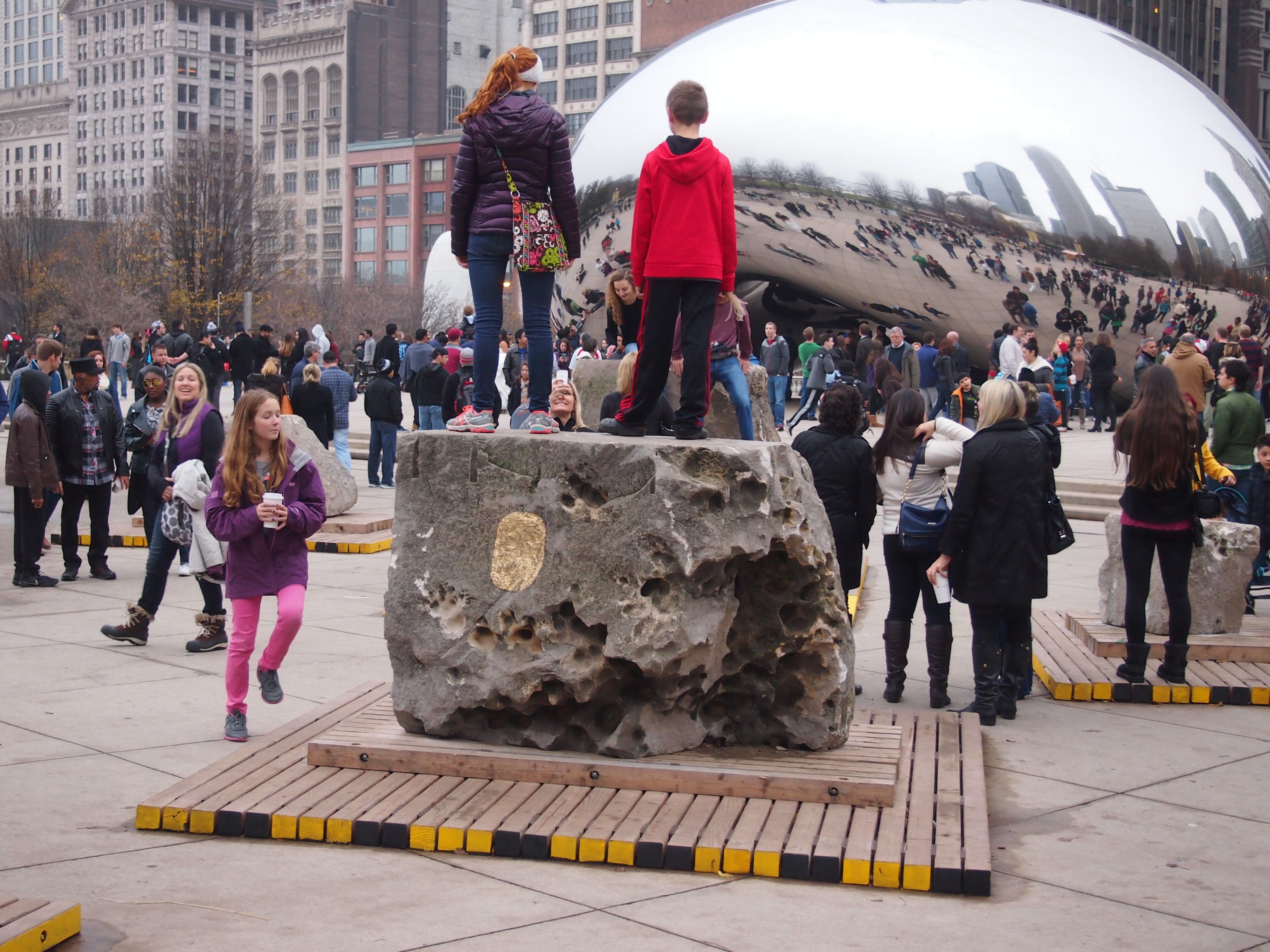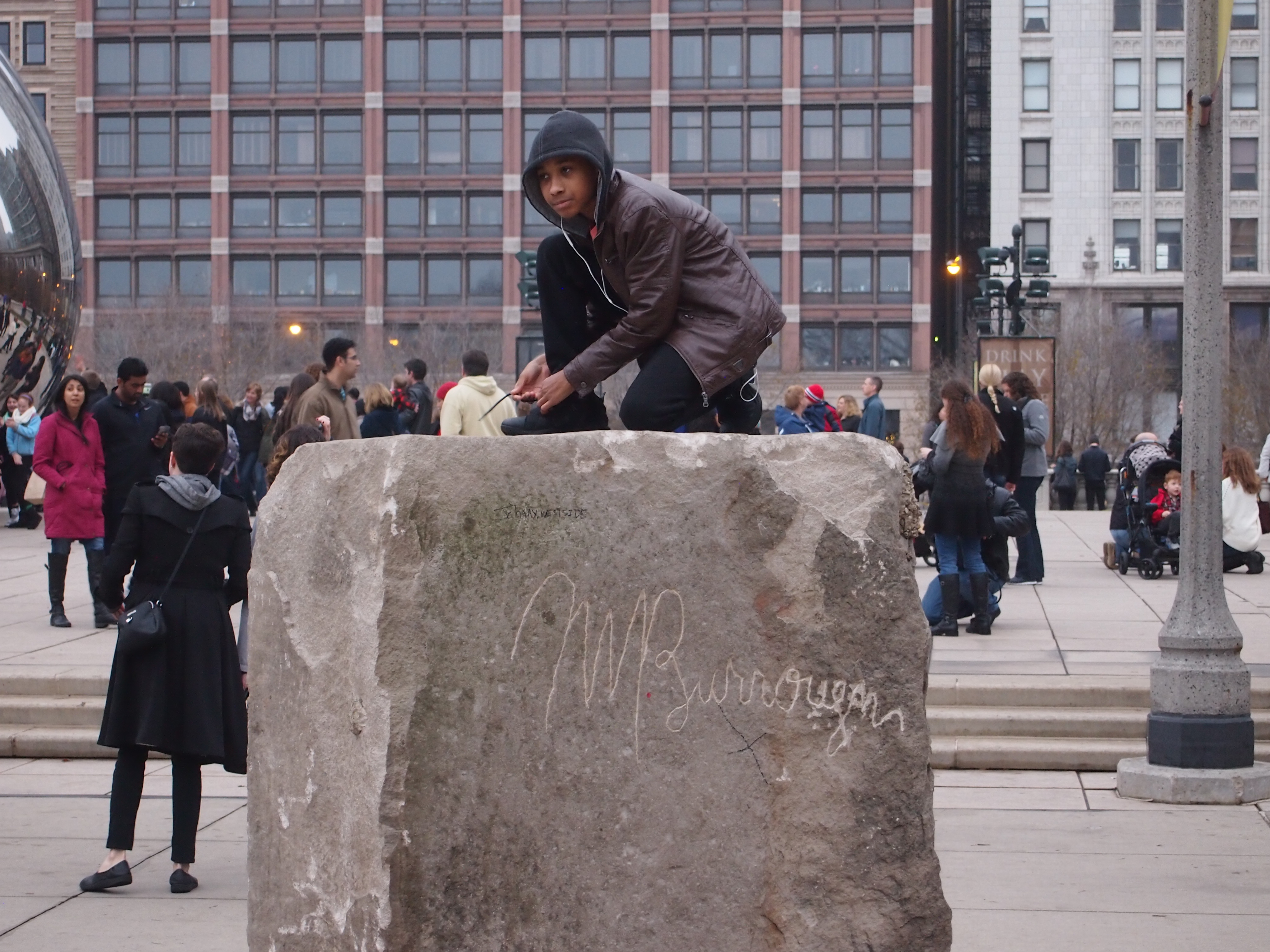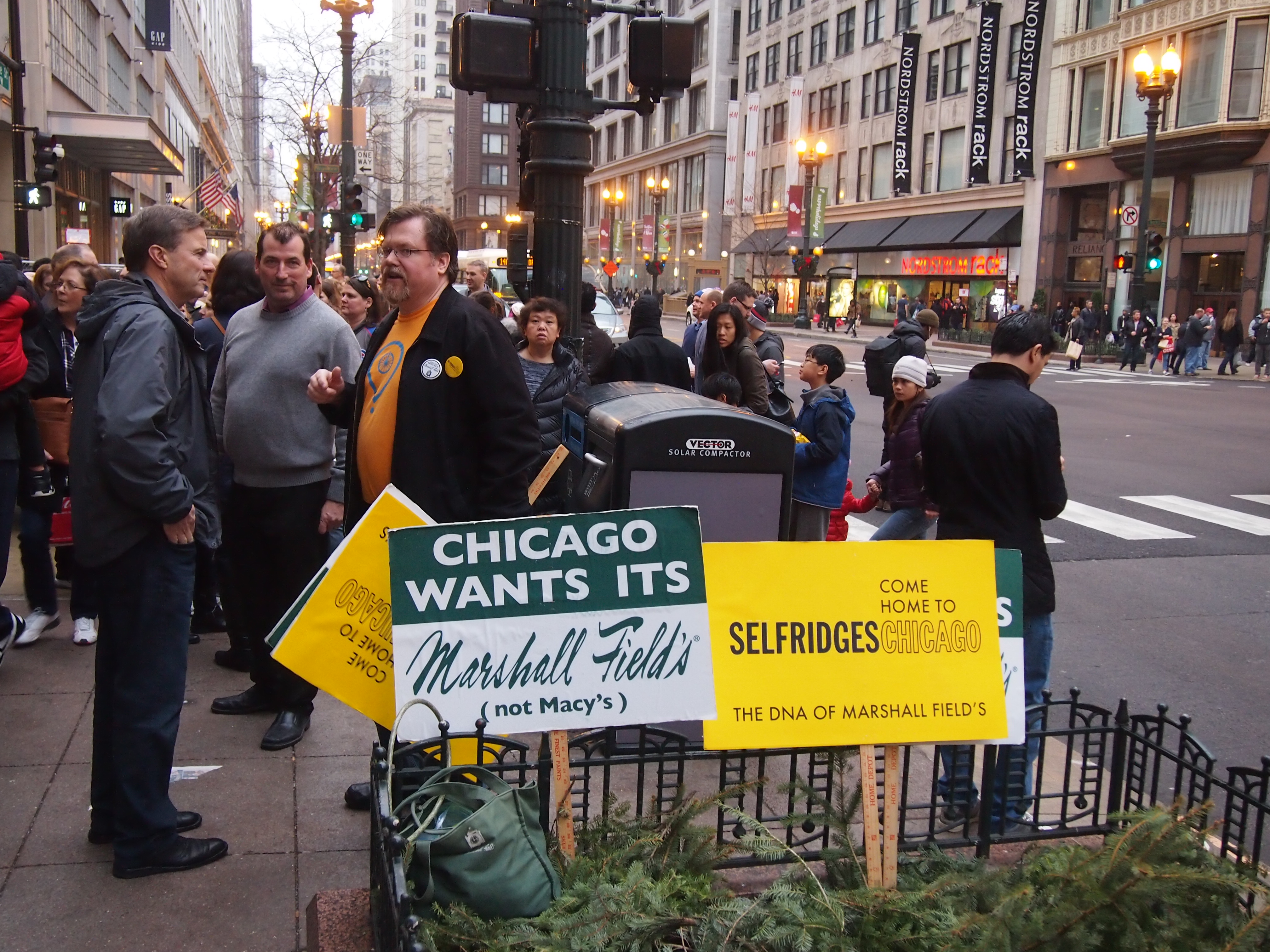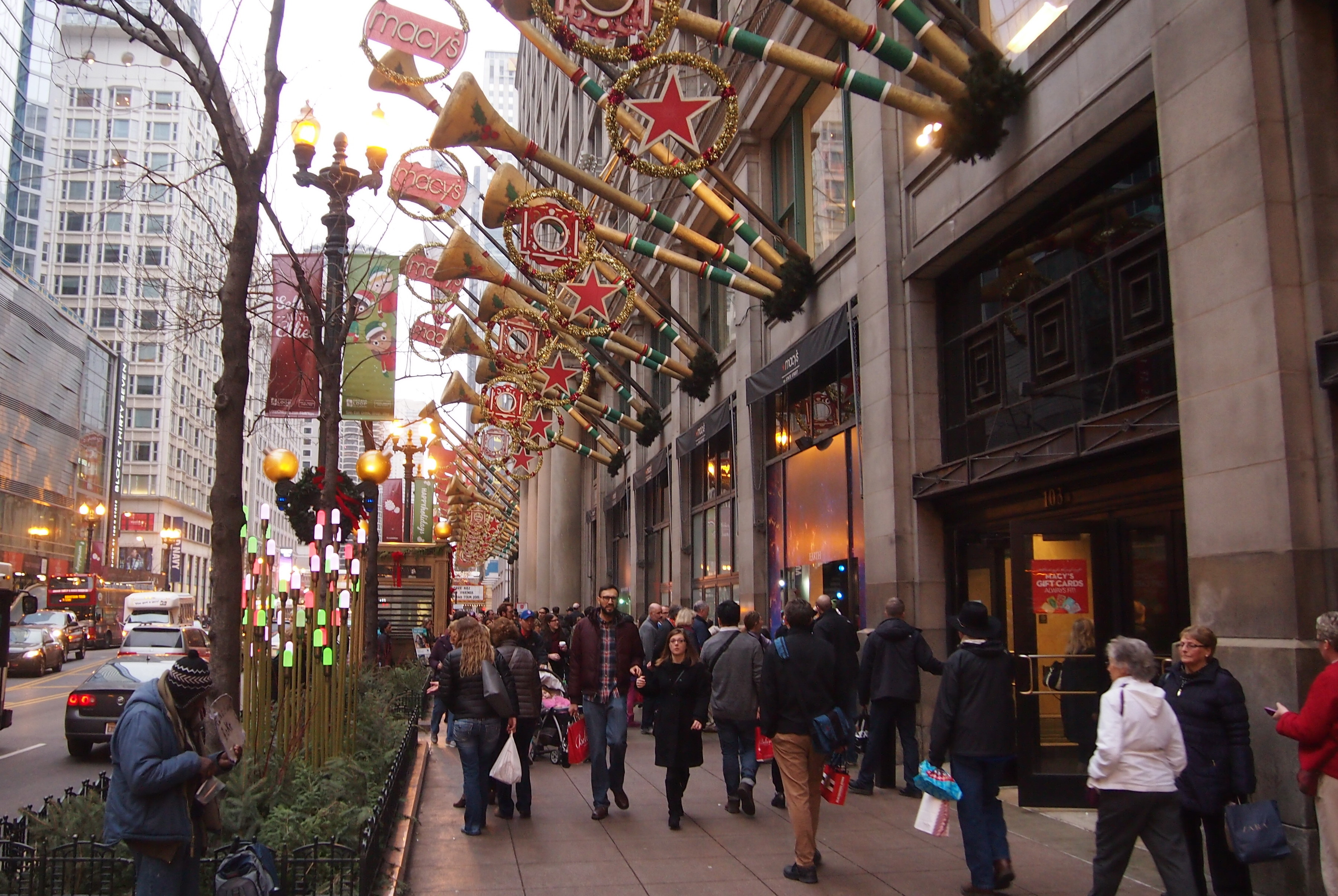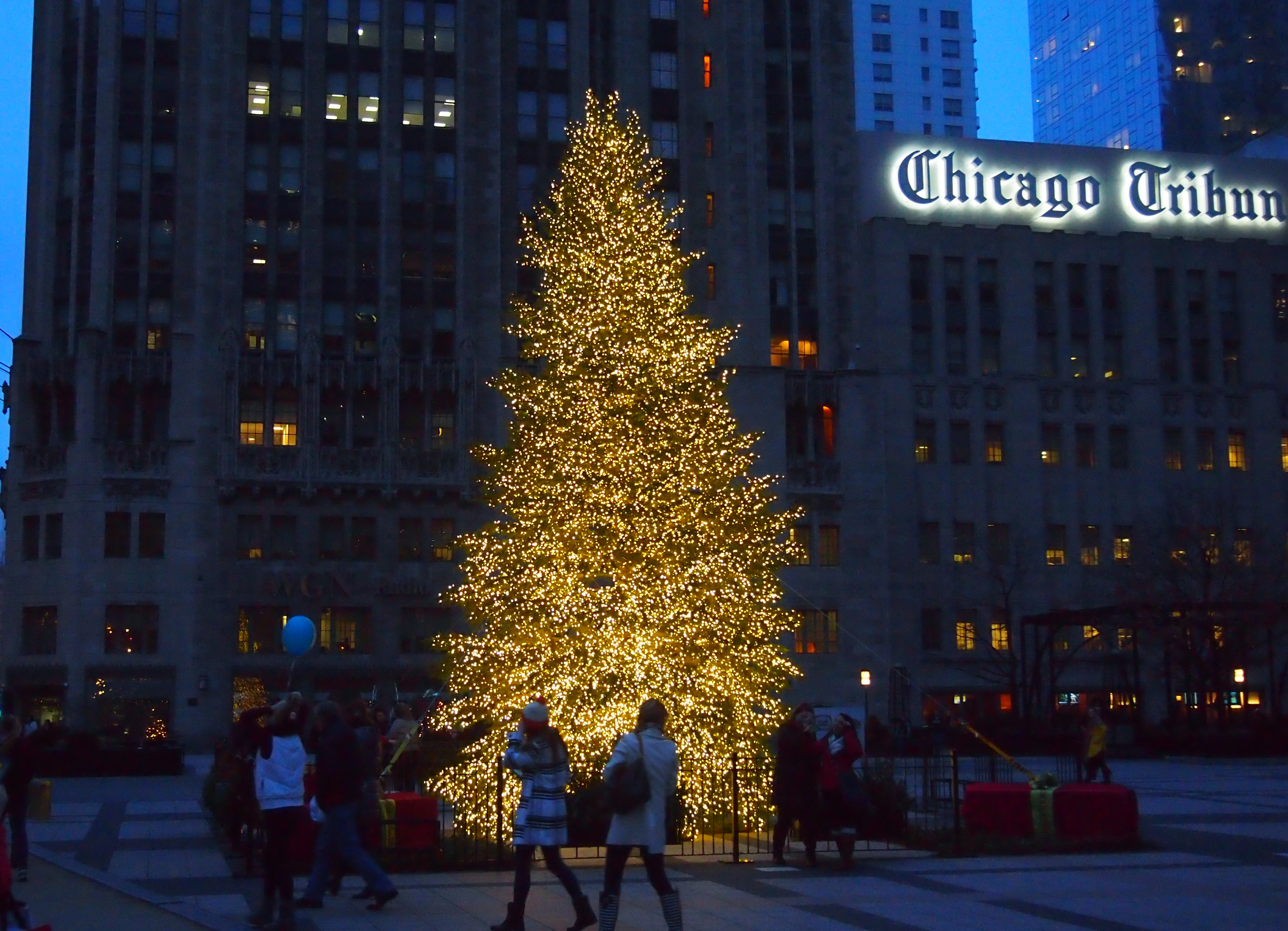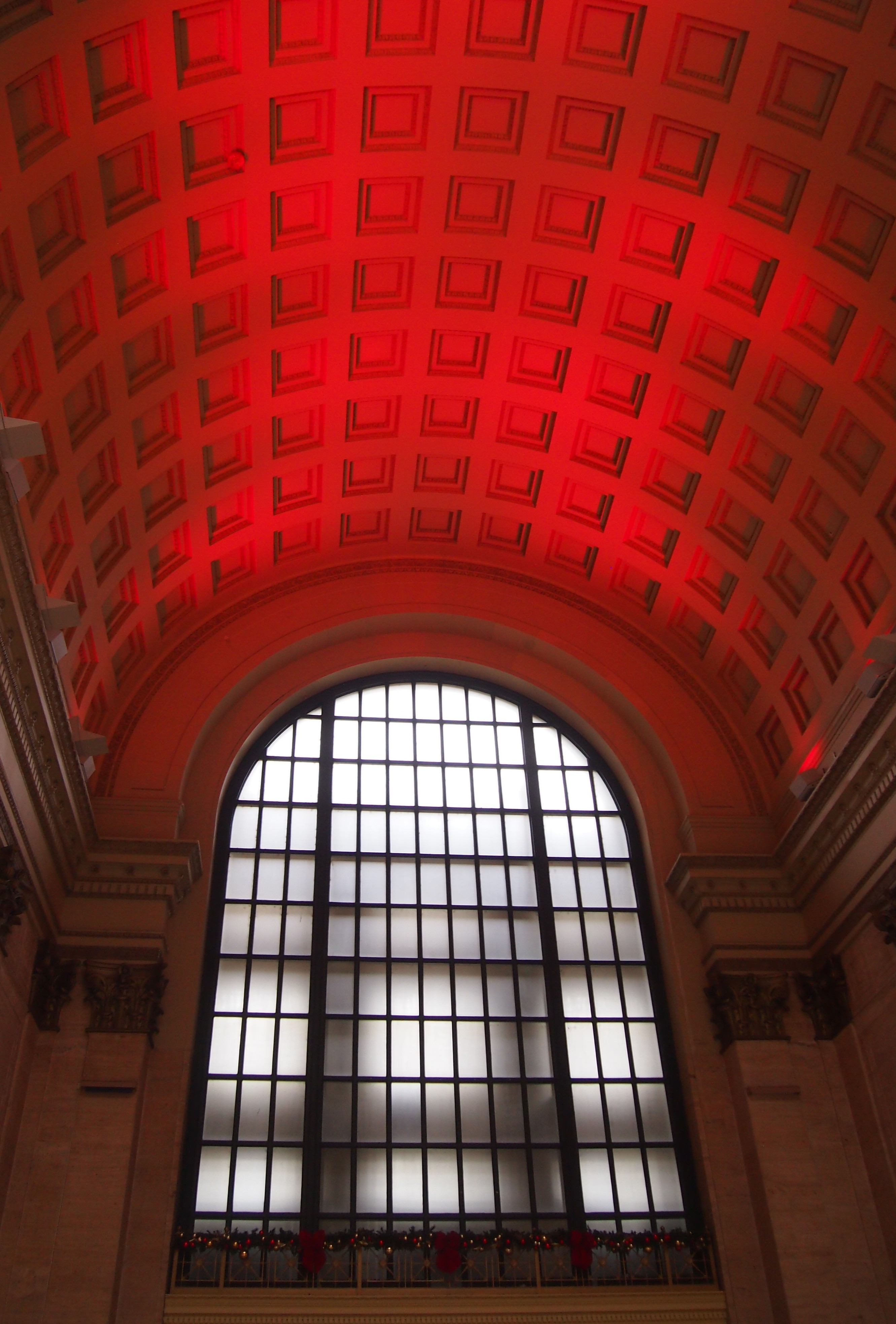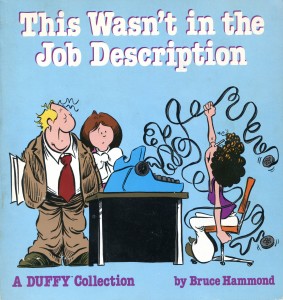In December 2003, I posted the following recollection of December 1996: “It’s been a good week leading up to Christmas. On Sunday the 22nd Yuriko and I went to the Music Box Theatre for the double feature sing-along. Between the movies, a Santa Claus — lean and not very old — came out to lead the audience in singing Christmas songs, some standard and some spoofs. The Music Box has an organ for occasions like this, and the organist was in fine form.
“The place was packed, and it was a spirited crowd, jingling the bells they brought and singing along with the bouncing ball (I wonder who thought that up originally?). They also hissed with gusto at Mr. Potter, the villain in you-know-what sentimental holiday movie, which was the other half of the bill with White Christmas.”
For some years I’ve been thinking about returning for the Christmas sing-along at the Music Box. This was the year. On Saturday I went with Lilly and Ann, who each brought a friend. I’m pretty sure 1996 wasn’t the last time I’d been to the Music Box, which is on Southport Ave. on the North Side of Chicago, since I went periodically when I lived in the city and occasionally after that, but I don’t remember my last visit. It’s been some years. I’m glad to report that it looks exactly like it used to, down to the small framed movie poster in the men’s room: the face of Clara Bow, advertising Love Among the Millionaires (1930).
That was probably a picture the Music Box showed in its first year, since it opened as a neighborhood movie palace in the summer of 1929. “The plaster ornamentation of the side walls, round towers, faux-marble loggia and ogee-arched organ chambers are, by Hollywood standards, reminiscent of the walls surrounding an Italian courtyard. Overall the effect is to make the patron feel that they are watching a film in an open air palazzo,” the theater’s web site fancifully asserts.
“The Music Box Theatre opened on August 22, 1929, a time when the movie palaces in downtown Chicago each had seating capacities of around 3,000 people. The Music Box, which sat 800, was considered an elaborate little brother to those theatres. Theatre Architecture magazine noted in 1929 that the theatre ‘represents the smaller, though charming and well equipped, sound picture theatre which is rapidly taking the place of the “deluxe” palace.’
“The building was designed by Louis A. Simon, a local architect who was better known for his Depression-era WPA Post Offices and homes for the nouveau riche. The building was erected by the Southport Avenue Businessmen’s Association and operated by Lasker and Sons, who operated several smaller neighborhood houses in Chicago.”
Naturally the Music Box fell on hard times in the 1960s and ’70s, but in 1983, “management reopened the theater with a format of double feature revival and repertory films. Eventually, foreign films were reinstated, and independent and cult films were added to the roster. The Music Box Theatre now presents a yearly average of 300 films.”
Including It’s a Wonderful Life and White Christmas every December. I only wanted to stay for the former this year. As in ’96, the crowd was festive. An organist played and a faux Claus led the singing, which included lyrics on the screen but no bouncing ball, and no parody songs this time. Still, it was a jolly time.
I can’t say how many times I’ve seen It’s a Wonderful Life all the way through. Maybe four. I didn’t see it when it was ubiquitous on TV in the ’80s because that’s when I had no TV. I probably saw it first in Japan on VHS. That’s no way to see it. You want to be part of an audience that hisses at Potter, rings bells at Clarence, and cheers when George Bailey Does The Right Thing, such as finally getting together with Mary or turning down Potter’s offer of $20,000 a year — which would have the buying power of more than $243,000 now.
(And the money Uncle Billy lost is the equivalent of more than $97,000. Man, that’s carelessness.)
When Bedford Falls reveled itself to be Pottersville, it occurred to me: Wouldn’t have Bedford Falls been a more interesting place with a few of the venues on tap in Pottersville? At least a place to hear some hoppin’ jazz, as Nick’s offered?
Since I didn’t have to pay attention to the arc of the story like my daughters and their friends did (imagine seeing it for the first time), I was able to notice details I’d never noticed before. One thing that struck me is how visually rich the sets are. The building and loan, the Bailey house, and even Potter’s office all look like someone actually uses them day-to-day, sporting the kind of pictures and objects and knickknacks that people accumulate when they’ve been somewhere a long time.
So it’s time to acknowledge the set designer of It’s a Wonderful Life, one Emile Kuri (1907-2000), who also did work on Mary Poppins and Rope, and over the course of his career won two Oscars. I don’t think he gets the attention he deserves when that movie is discussed.
Another detail that jumped out at me — and I guess it would count as a function of costuming — involved Mr. Gower the druggist as an alternate universe ex-con and rummy. When he stumbled into Nick’s to panhandle a drink, his thin coat is slightly open, revealing newspapers inside, added for warmth. I’m certain it would have made no difference to the story or even the scene whether that paper was there. It was just a good touch of a thoughtful costume designer.
One Edward Stevenson (1906-1968) did the costumes for the movie. He also worked on such films as Gunga Din, Citizen Kane, The Magnificent Ambersons, Sinbad the Sailor, and Cheaper by the Dozen, among many others, including some that just credit him for the gowns. He too won an Oscar.
